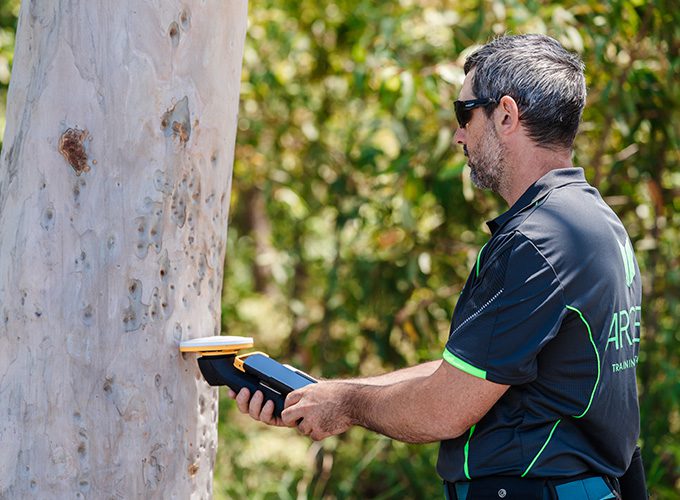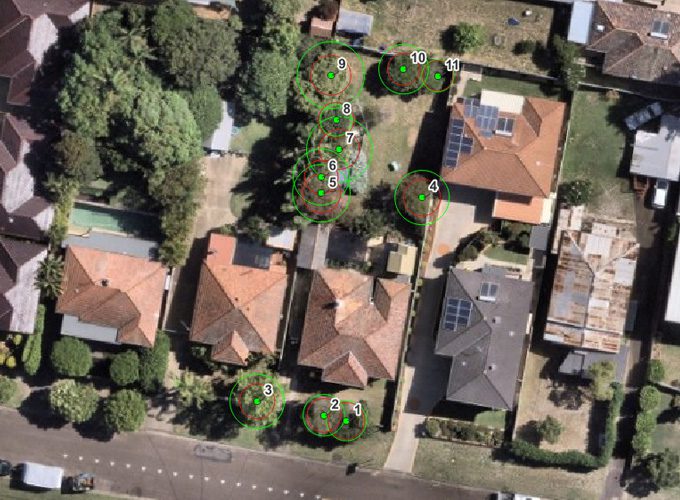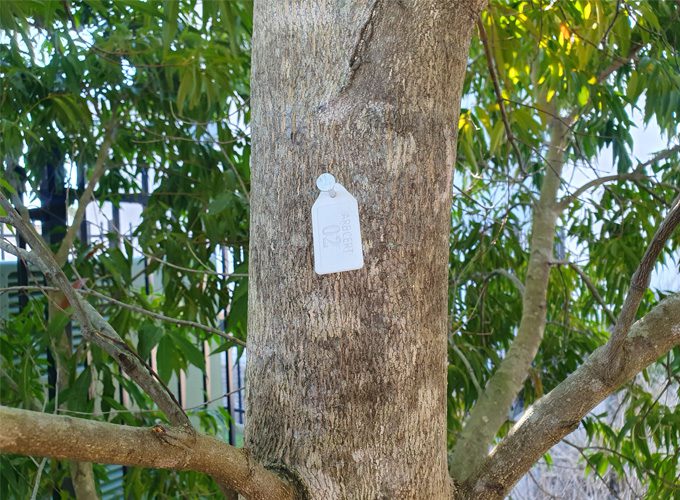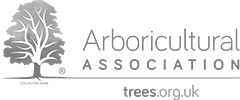Experienced
Qualified
Insured
Before plans are finalised, a Preliminary Arboricultural Report should be the first step. If you are preparing a development but haven’t yet submitted your application, this early-stage assessment is essential. It identifies and documents existing trees, allowing you to anticipate site constraints and align your design with council requirements from the outset.
At ArbCert, our qualified AQF Level 5 and 8 arborists deliver comprehensive preliminary arboricultural reports to support efficient and compliant development. By collecting accurate data on species, health, structure, and retention value, we help you avoid costly redesigns, delays, and compliance issues later in the process.

A Preliminary Arboricultural Report (PAR) is an early-stage assessment prepared by an AQF Level 5 consulting arborist in accordance with AS 4970:2025. It documents the species, health, structure, and retention value of trees on a site to guide the development layout before a planning application is lodged. By identifying viable trees and mapping their root protection areas, a PAR ensures that design decisions account for tree retention and compliance with council requirements from the outs.

A Preliminary Arboricultural Report (PAR) provides essential information about the trees on a site, forming the basis for sound planning and compliant development design. Collecting accurate data at the pre-planning stage allows for informed decisions about tree retention, placement of structures, and protection measures.
ArbCert provides accurate information on the dimensions of your site’s trees, including height, crown spread and trunk diameter.
Our arborists assess tree health and condition to identify any defects or risks that could affect safety or long-term viability.
We identify and evaluate the species and origin of trees to determine their significance, suitability for retention, and contribution to the development layout.
ArbCert defines the structural condition of each tree and calculates the Notional Root Zone (NRZ) and Structural Root Zone (SRZ) in line with AS 4970:2025. This ensures that trees to be retained are given adequate space and protection throughout the design and construction process.
A Preliminary Arboricultural Report (PAR) provides detailed baseline information on the trees within a site to guide development layout and planning decisions. A PAR typically includes:
This information provides developers and landholders with clear guidelines for making informed design and planning decisions at the earliest stage of a project.

A Preliminary Arboricultural Report is only useful if it gives you clear, reliable guidance on the trees that already exist on your site. ArbCert specialises in producing PARs that translate complex tree data into practical insights for design and planning.
Our PARs give you a clear understanding of the trees already on your site, so you can make informed design decisions early.
We record species, size, health, and structure, then define Tree Protection Zones and Structural Root Zones in line with AS 4970:2025.
Our reports highlight which trees can be retained, where constraints may occur, and how to design effectively around existing trees.
Every PAR provides a defensible, easy-to-use guide that supports smarter layouts before your development application progresses.
Contact ArbCert today to book a Preliminary Arboricultural Report (PAR) with one of our qualified consulting arborists. Our reports give you clear guidance on the trees within your site, helping you make confident design decisions before lodging your development application.
Contact UsA Preliminary Arboricultural Report (PAR) provides a clear overview of the trees on your site. It typically includes the number and location of trees (individually tagged), their species, dimensions, health and structural condition, age class, and retention value. The report also establishes Notional Root Zones (NRZ) for each tree, giving an early indication of root space requirements that may influence the development layout. A balanced summary and professional recommendations are also provided to help guide design decisions before a development application is lodged.
A Preliminary Arboricultural Report (PAR) is used at the pre-planning stage of a project to give clear guidance on the trees already present on a site. It helps identify which trees can realistically be retained, sets out their Notional Root Zones (NRZ), and highlights potential constraints on design. By having this information early, you can shape your development layout with confidence, avoid costly redesigns, and ensure your project starts on a solid foundation.
A Preliminary Arboricultural Report (PAR) is best completed before lodging a development application. The information gathered provides a clear basis for guiding design decisions and, where required, forms the foundation for later Arboricultural Impact Assessment (AIA) reports.

Our team includes AQF Level 5 and AQF Level 8 consulting arborists with extensive industry experience. We bring a high level of technical knowledge to every assessment, ensuring our advice is credible, defensible, and aligned with best practice.

We deliver clear, accurate reports that meet council planning requirements and Australian Standards. From early-stage assessments to detailed impact reports, our work supports confident, informed decision-making.

As a small team, we value strong working relationships and direct communication. You’ll work with experienced arborists who understand your project and are committed to providing reliable, practical guidance every step of the way.


